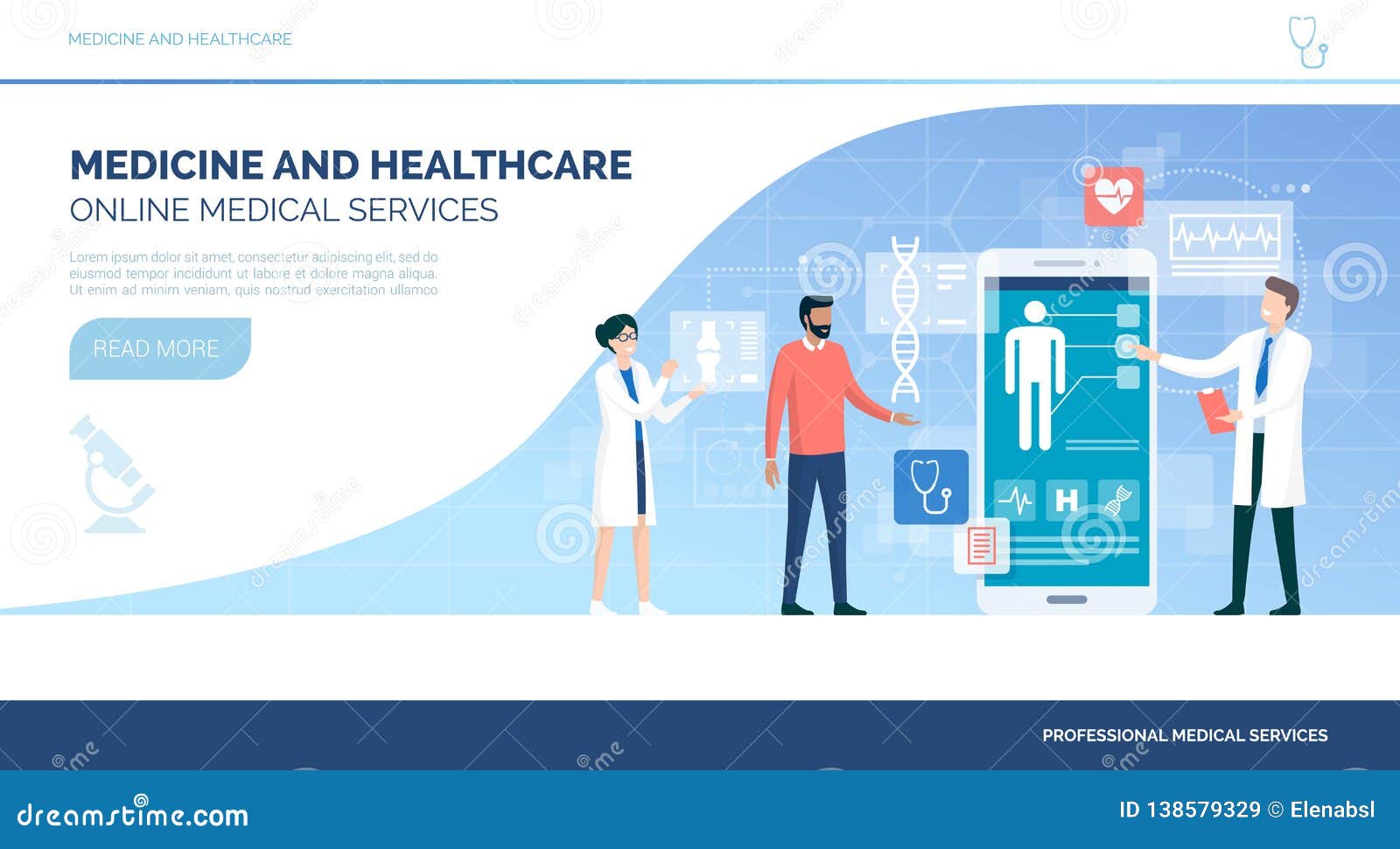Comprehending the Cost-Effectiveness of Subscription-Based Healthcare Designs
As the healthcare landscape develops, subscription-based models emerge as a compelling alternative, promising to redefine just how people take care of clinical costs. Examining these designs' cost-effectiveness requires a nuanced comparison with traditional insurance, considering both financial effects and person contentment.
Review of Subscription-Based Versions
Subscription-based health care designs, sometimes described as straight health care or attendant medication, are progressively gaining focus as a possible service to inefficiencies within traditional medical care systems. These designs operate the concept of offering clients direct accessibility to doctor via a yearly or regular monthly cost, bypassing the requirement for traditional insurance policy systems. This arrangement intends to streamline patient-provider communications by decreasing management concerns, which often impede customized and prompt care.
At the core of subscription-based designs is the emphasis on a much more personalized individual experience. Patients gain from boosted access to their physicians, frequently consisting of same-day or next-day visits, expanded assessment times, and straight interaction channels such as phone or video clip telephone calls. This model promotes an aggressive method to medical care, where providers and clients can collaboratively concentrate on preventative treatment and chronic disease administration.

Cost Comparison With Conventional Insurance Coverage

One of the key economic advantages of subscription versions is openness in expenses. Conversely, typical insurance might be a lot more beneficial for people needing specialized care or pricey therapies not covered under a subscription version, as they profit from the broader insurance coverage network and cost-sharing systems.
Nonetheless, cost-effectiveness is context-dependent. While membership versions may supply cost savings for those primarily needing health care, people with persistent conditions or specialized medical care needs may locate conventional insurance policy much more thorough. Examining details healthcare requirements and prospective use is crucial in identifying the most economical alternative for people.
Effect On Client Fulfillment
Person contentment within subscription-based medical care designs typically reflects a significant renovation over standard insurance coverage systems. Unlike traditional systems, where people could experience delays in receiving treatment, subscription-based designs ensure even more prompt and direct communications with health care service providers.
Moreover, the openness in expenses connected with subscription-based health care reduces the usual irritations connected to unanticipated charges and complex invoicing processes seen in standard insurance (subscription based healthcare). People appreciate recognizing the precise economic commitment upfront, bring about enhanced trust fund and confidence in their medical care management
In addition, the emphasis on precautionary treatment and wellness in membership models contributes visit this site to boosted health results, further improving person complete satisfaction. By concentrating on recurring health upkeep as opposed to episodic care, individuals experience an even more holistic and constant healthcare trip.
In addition, the improved provider-patient relationship promoted in these versions, characterized by more time spent per individual and tailored attention, plays an important duty in boosting patient complete satisfaction levels, as individuals really feel truly looked after and understood.
Service Provider Experiences and point of views
From the supplier's point of view, subscription-based medical care versions supply a why not find out more transformative strategy to supplying clinical solutions. These versions stress a aggressive and preventative medical care approach, permitting providers to concentrate on comprehensive person treatment without the restraints of typical fee-for-service setups (subscription based healthcare). This change in focus frequently results in improved patient end results and raised copyright contentment, as health care experts can assign more time and sources to individual interaction and personalized treatment strategies
Furthermore, subscription versions promote foreseeable profits streams, which enhance financial security for health care companies. This predictability enables boosted source planning and appropriation, adding to a more reliable health care delivery system. Carriers can invest in staff training, framework, and innovation enhancements, therefore improving the top quality of care supplied.
However, the shift to subscription-based designs is not without difficulties. Regardless of these difficulties, many service providers discover that the benefits of boosted individual communication and structured procedures surpass the first obstacles, making subscription-based versions an eye-catching alternative.
Future Leads and Obstacles
A key difficulty is regulatory conformity, as membership models have to stick to evolving medical care policies and insurance demands. This necessitates continual adaptation and innovation to make sure alignment with lawful standards. In addition, integrating these versions into existing medical care facilities can be intricate, needing substantial investments in modern technology and training.
There is likewise the possible risk of developing inequities in health care access, as membership versions might prefer those that can afford them, leaving prone populaces underserved. Resolving this needs thoughtful factor to consider of prices methods and subsidy devices to make certain inclusivity.
Verdict
Subscription-based medical care versions offer a sensible choice to typical insurance policy by supplying economic predictability and openness, specifically profiting people with chronic conditions or frequent healthcare needs. The cost-effectiveness of these versions is contingent upon specific medical care use patterns and situations.
Subscription-based health care models, sometimes referred to as straight key treatment or concierge medicine, are increasingly obtaining focus as a prospective service to inefficiencies within traditional medical care systems. Unlike standard systems, where clients might experience hold-ups in getting care, subscription-based models make certain more timely and direct communications with health care service providers.
These models stress a preventative and proactive medical care technique, allowing Learn More Here carriers to focus on comprehensive person care without the restraints of standard fee-for-service arrangements. As these designs continue to get traction, they supply the potential to change individual accessibility to care, enhance solution shipment, and maximize health care investing.Subscription-based health care versions present a feasible alternative to standard insurance by using economic predictability and transparency, specifically benefiting individuals with persistent problems or regular medical care needs.
Comments on “Discovering the Development of Subscription Based Healthcare in the Digital Age”